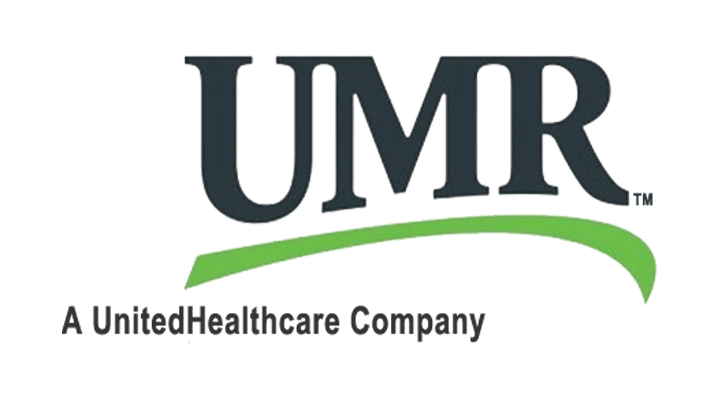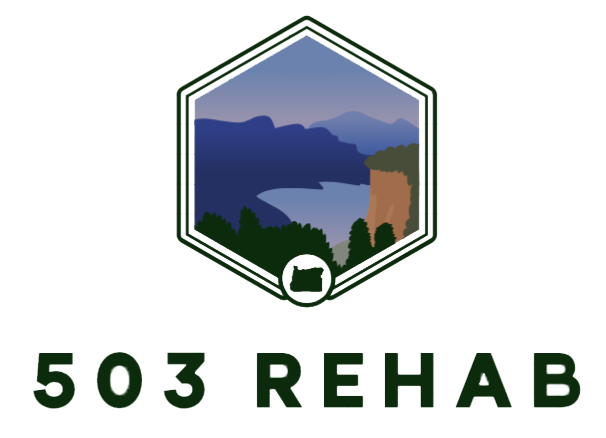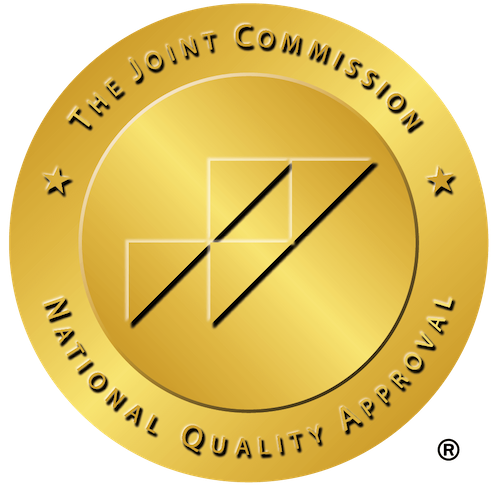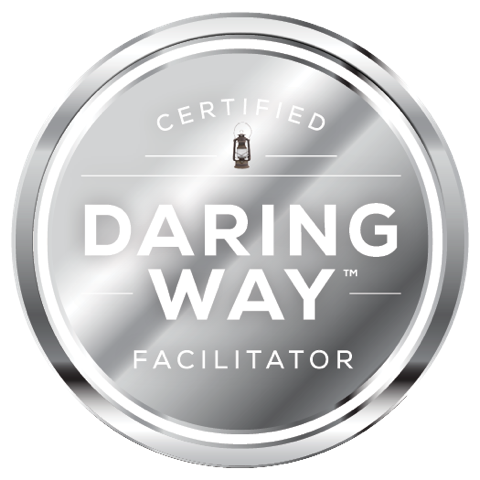What is LSD Addiction?
LSD, also known as lysergic acid diethylamide, is a powerful hallucinogenic drug that has been both vilified and celebrated since its discovery in the 20th century. Its effects can vary dramatically from person to person and even from one experience to another for the same individual. Despite its complex reputation, LSD addiction is relatively rare; however, it’s not entirely non-existent. Addiction to LSD doesn’t resemble traditional substance dependencies, given that LSD does not produce physical withdrawal symptoms or a compulsive need for increased doses over time. Instead, the concern lies more with psychological dependence. Individuals may find themselves chasing the profound insights or altered states of consciousness they once experienced, leading them into a cycle of frequent use.
The symptoms of LSD addiction are nuanced and primarily psychological rather than physical. Users might exhibit an increased preoccupation with their next psychedelic experience, allocating significant amounts of time and resources to planning and obtaining LSD. There could also be noticeable changes in behavior such as withdrawing from social interactions, neglecting responsibilities, or losing interest in previously enjoyed activities outside of their LSD use. Psychological signs include anxiety or depression when unable to use the drug and persistent distortions in perception or thought patterns long after acute effects have worn off. While challenging to identify compared to other substance dependencies, these symptoms can have profound impacts on an individual’s mental health and overall quality of life, signaling a need for professional intervention and support.
Getting Treatment for LSD Addiction
LSD addiction, though less common than other substance dependencies, poses unique challenges in its treatment. Individuals grappling with LSD use often experience profound alterations in perception, emotion, and thought processes, which can complicate the path to recovery. Effective treatment requires a holistic approach that addresses not only the physical aspects of the addiction but also the psychological impact of LSD experiences. Therapy sessions aimed at integrating these experiences into one’s life in a healthy manner are crucial. Additionally, support groups and cognitive-behavioral therapy (CBT) can offer valuable tools for coping with cravings and triggers associated with LSD use.
Moreover, because LSD addiction is closely linked with psychological dependency rather than physical dependency, treatments that delve into underlying issues such as depression, anxiety, or trauma have shown promise. Professionals specializing in addiction therapy can provide personalized care plans that include mindfulness practices, stress reduction techniques, and other strategies to improve mental health and resilience. As each individual’s journey towards recovery is unique, finding a supportive community and professional guidance tailored to one’s specific needs is key to navigating the challenges of overcoming LSD addiction successfully.
FAQ
We've compiled a list of frequently asked questions to provide clarity on the experience and alleviate any remaining fears or anxieties you might have.
A typical day in addiction rehab involves a structured and supportive environment aimed at promoting physical, mental, and emotional healing. Residents typically wake up early for a healthy breakfast before starting their daily schedule of therapy sessions, group activities, and workshops that address the root causes of their addiction. These may include individual counseling, group therapy, family therapy, exercise classes, educational lectures, and recreational activities. The day is also filled with nutritious meals, breaks for reflection and relaxation, and time for personal reflection through journaling or meditation. In the evening, there may be peer support meetings or 12-step programs to participate in before turning in for the night. Each day at our facilities is carefully planned to provide a well-rounded approach to recovery and help individuals establish healthy habits and coping mechanisms.
Typically, a detox period lasts around five days, though it can span from three to 10 days. The duration of detox is individualized, influenced by factors like the substances used, amounts consumed, duration of use, frequency, and method of administration. These factors collectively determine the necessary length of stay for you or your loved one.
Upon entering addiction treatment, there are certain items that are allowed and encouraged to bring for your comfort and well-being. These may include comfortable and appropriate clothing, personal hygiene products, prescription medications (with proper documentation), and journals or books for personal reflection. However, there are also items that are not allowed in addiction treatment facilities. These typically include any substances, such as drugs or alcohol, as well as weapons and anything that may be considered a distraction from the recovery process. Checking with the facility we've chosen in advance for a detailed list of permitted and banned items is crucial to ensure a seamless transition into treatment.
With Drug Abuse and Addiction, we understand that addiction is often closely tied to mental health issues. That's why our centers for drug abuse and addiction also prioritize addressing underlying mental health concerns. Our team of professionals is equipped to provide support and treatment for a variety of mental health disorders, such as depression, anxiety, PTSD, and more. We believe in a holistic approach to recovery, and this includes addressing both physical and mental health needs. Our admissions team is dedicated to finding the right facility that can offer comprehensive care for all your needs, ensuring a successful recovery journey. We are here to support you every step of the way towards lasting sobriety and improved mental well-being.
Our admissions team at Drug Abuse and Addiction is dedicated to helping you discover the ideal treatment center for your requirements. Selecting a rehab center can be daunting, which is why our team is here. We are committed to assisting you in navigating the process and locating the perfect center for you or your loved one. Comprised of caring and knowledgeable professionals, our admissions team comprehends the intricacies of addiction and the significance of selecting the appropriate treatment. We consider your unique needs, preferences, and any co-occurring conditions to match you with a facility that provides tailored care. You do not have to face this alone – our admissions team is committed to aiding you at every stage toward a successful recovery.
Watching a loved one struggle with addiction can be heartbreaking and overwhelming. You may feel helpless and unsure of how to help them. The first step towards getting your loved one the help they need is to have an open and honest conversation with them about their addiction. Express your concern and offer your support, but also set boundaries and encourage them to seek professional help. It may also be helpful to research treatment options with our team and have resources readily available for your loved one.
Remember to remain patient, understanding, and supportive throughout this process – recovery is a journey and it will take time. With the right approach and support, you can help your loved one find the path to a healthier and happier life free from addiction. So don't hesitate to reach out for guidance and support from our team at Drug Abuse and Addiction. We are here to help you and your loved one every step of the way towards recovery.
No matter how dedicated you are to your recovery journey or how determined you are to maintain sobriety for life, there's a possibility of relapse at some stage. Statistics from the National Institute on Drug Abuse indicate relapse rates during recovery range from 40% to 60%. Post-relapse, it's common to feel shame or remorse. You might even contemplate surrendering to addiction rather than persevering to combat the urge to use. While these feelings are normal, they can pose obstacles to achieving a drug-free life. Instead, view a relapse as a learning opportunity; refine your relapse prevention strategy and identify triggers. By delving into the underlying reasons for the relapse, you'll establish a foundation for a recovery that ensures you come back even stronger.
The initial step involves assessing whether revisiting rehab is necessary. If it was an isolated occurrence and you're dedicated to evaluating or adjusting your recovery plan, returning to an inpatient facility may not be essential. This setting provides the patient with hands-on care and ongoing monitoring. However, falling back into a persistent pattern of substance misuse may indicate the need for reentry into a structured treatment regimen. If conversations about substance use arise, socializing with individuals who encourage drinking, or using substances as a coping mechanism resurface, it signals a more significant issue requiring prompt intervention.
Upon reentering treatment post-relapse, the primary focus should be on reintegrating into daily life. Opting for a sober living environment for a few months post-treatment could be the most effective means to prevent relapse, as accountability and structure aid during the initial vulnerable phase. Additionally, having an outpatient therapy plan in place for ongoing support post-rehab is beneficial.






